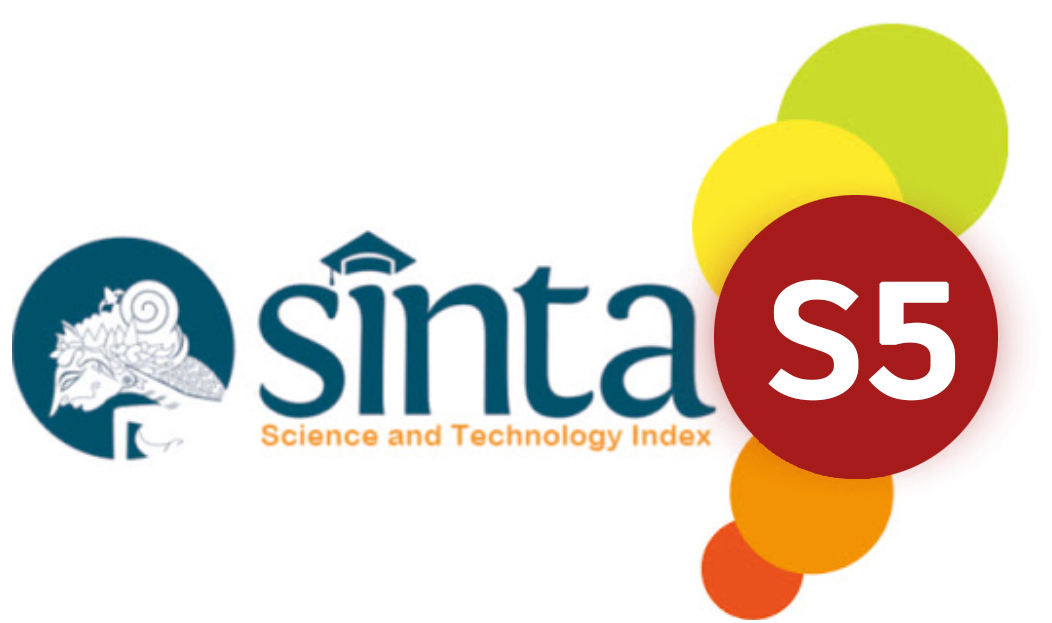Analisis Kebutuhan Perangkat Pembelajaran E-Learning Berbasis Moodle pada Siswa SMP
Abstract
Learning media using moodle-based e-learning is a dynamic web-based learning platform with an interactive online course management system and creates a personalized learning environment. Online learning activities carried out by teachers still use the same method when direct learning, especially in mathematics subjects that are classified as abstract. This study aims to analyze the needs of student learning tools during a pandemic like this time, which is being held for junior high school students. This research is a descriptive survey method. In this study, the data techniques used were non-test observation and interview techniques. The research data were analyzed descriptively. The instrument used in this study used interview sheets which were managed on some research samples and used literature studies, which were conducted on several junior high school students and mathematics teachers as samples. The results of this study indicate that the existence of online learning as it is today has resulted in a surge in internet users and is dominated by junior high school education. Teachers admit that they are not ready to carry out online learning, so most teachers teach only by providing materials and assignments to students. With this learning style, the concept of understanding students is still in doubt, so there is a need for learning media that can make a medium for students to learn online.
References
Andih, D. C. (2018). PERAN MEDIA SOSIAL (FACEBOOK, INSTAGRAM, YOUTUBE) DALAM MENARIK WISATAWAN MENGUNJUNGI OBJEK WISATA TETEMPANGAN HILL KAB. MINAHASA PROV. SULAWESI UTARA. Jurnal Online Universitas Dhyana Pura, 13(1), 74–80.
APJII. (2020). Laporan survei internet apjii 2019 – 2020. 2020.
Berggren, A., Burgos, D., Fontana, J., Hinkelman, D., Hung, V., Hursh, A., & Tielemans, G. (2005). Practical and pedagogical issues for teacher adoption of IMS learning design standards in Moodle LMS. Journal of Interactive Media in Education, 2005(1).
Chandrawati, S. R. (2010). Pemamfaatan E-learning dalam Pembelajaran. Jurnal Cakrawala Kependidikan, 8(2), 218616.
Charles Hodges, Stephanie Moore, Barb Lockee, T. T. and A. B. (2020, March). The Difference Between Emergency Remote Teaching and Online Learning. Educause Review. https://er.educause.edu/articles/2020/3/the-difference-between-emergency-remote-teaching-and-online-learning
Ciudad, A. (2010). Teaching innovation and use of the ICT in the teaching-learning process within the new framework of the EHEA, by jeans of Moodle platform. Am. J. Bus. Educ., 3(13), 13–19.
Clausen, T. (2005). Guest editorial undergraduate engineering education challenged by the bologna declaration. IEEE Transactions on Education, 48(2), 213–215.
de Pablos Heredero, C., López Berzosa, D., & Santos Santos, R. (2010). The implementation of free software in firms: an empirical analysis. The International Journal of Digital Accounting Research, 10(16), 113–130.
Fillion, G., Limayem, M., Laferrière, T., & Mantha, R. (2007). INTEGRATING ICT INTO HIGHER EDUCATION: A STUDY OF ONSITE VS ONLINE STUDENTS’PERCEPTIONS. Academy of Educational Leadership Journal, 11(2).
Hanum, N. S. (2013). Keefetifan e-learning sebagai media pembelajaran (studi evaluasi model pembelajaran e-learning SMK Telkom Sandhy Putra Purwokerto). Jurnal Pendidikan Vokasi, 3(1), 90–102. https://doi.org/10.21831/jpv.v3i1.1584
Harman, K., & Koohang, A. (2005). Discussion board: A learning object. Interdisciplinary Journal of E-Learning and Learning Objects, 1(1), 67–77.
INDONESIA, R. (2001). KEPUTUSAN MENTERI PENDIDIKAN NASIONAL REPUBLIK INDONESIA NOMOR 107/U/2001. https://jdih.kemdikbud.go.id/arsip/kepmen_tahun2001_nomor107.pdf
Koohang, A. (2004). A study of users’ perceptions toward e-learning courseware usability. International Journal on E-Learning, 3(2), 10–17.
Martín-Blas, T., & Serrano-Fernández, A. (2009). The role of new technologies in the learning process: Moodle as a teaching tool in Physics. Computers & Education, 52(1), 35–44.
Moodle. (2018). Moodle. 4 December. https://docs.moodle.org/38/en/About_Moodle
Moodle Student Handbook. (n.d.).
Permadi, A. . (2016). Pengembangan Media Pembelajaran Interaktif Berbasis Web Dengan Pemanfaatan Video Conference Mata Pelajaran Produktif Teknik Komputer Dan Jaringan Di Sekolah Menengah Kejuruan. Nucleic Acids Research, 34(11), e77–e77.
Pertiwi, W. K. (2020). Penetrasi Internet di Indonesia Capai 64 Persen. Kompas.Com. https://tekno.kompas.com/read/2020/02/20/14090017/penetrasi-internet-di-indonesia-capai-64-persen
Pratiwi, Y., Budiharti, R., & Ekawati, E. (2014). Pengembangan Media Pembelajaran Ipa Terpadu Interaktif Dalam Bentuk Moodle Untuk Siswa Smp Pada Tema Matahari Sebagai Sumber Energi Alternatif. Jurnal Pendidikan Fisika Universitas Sebelas Maret, 2(1), 120407.
Rice, W., & William, H. (2006). Moodle. Packt publishing Birmingham.
Sampurno, P. J., Maulidiyah, R., & Puspitaningrum, H. Z. (2015). Implementasi kurikulum 2013: Moodle (modular object oriented dynamic learning environment) dalam pembelajaran fisika melalui lembar kerja siswa pada materi optik di Sma (halaman 54 sd 58). Jurnal Fisika Indonesia, 19(56).
Setyoningsih. (2015). E Learning : Pembelajaran Interaktif Berbasis Teknologi. Elementary, 3(1), 39–58.
Sutomo, M. (2012). E-LEARNING SEBAGAI ALTERNATIF MODEL PEMBELAJARAN DALAM UPAYA MENINGKATKAN MUTU DI PERGURUAN TINGGI. JURNAL FALASIFA, Vol.3, 150. https://jurnalfalasifa.files.wordpress.com/2012/11/9-moh-sutomo-e-learning-sebagai-alternatif-model-pembelajaran-dalam-upaya-meningkatkan-mutu-di-perguruan-tinggi.pdf
Syahringsih, S., & Adnan, A. (2018). Analisis kebutuhan pengembangan media pembelajaran e-learning berbasis MOODLE di SMA. Seminar Nasional Biologi. https://rl02-archive-v0041-1486364494.remote-learner.net/pluginfile.php/52/mod_forum/attachment/112/Moodle_Student_Handbook.pdf
Ümit Yapici, I., & Akbayin, H. (2012). The effect of blended learning model on high school students’ biology achievement and on their attitudes towards the internet. Turkish Online Journal of Educational Technology, 11(2), 228–237.
Wardani, D. N., Toenlioe, A. J. E., & Wedi, A. (2018). Daya Tarik Pembelajaran Di Era 21 Dengan Blended Learning. Jurnal Kajian Teknologi Pendidikan (JKTP), 1(1), 13–18.






